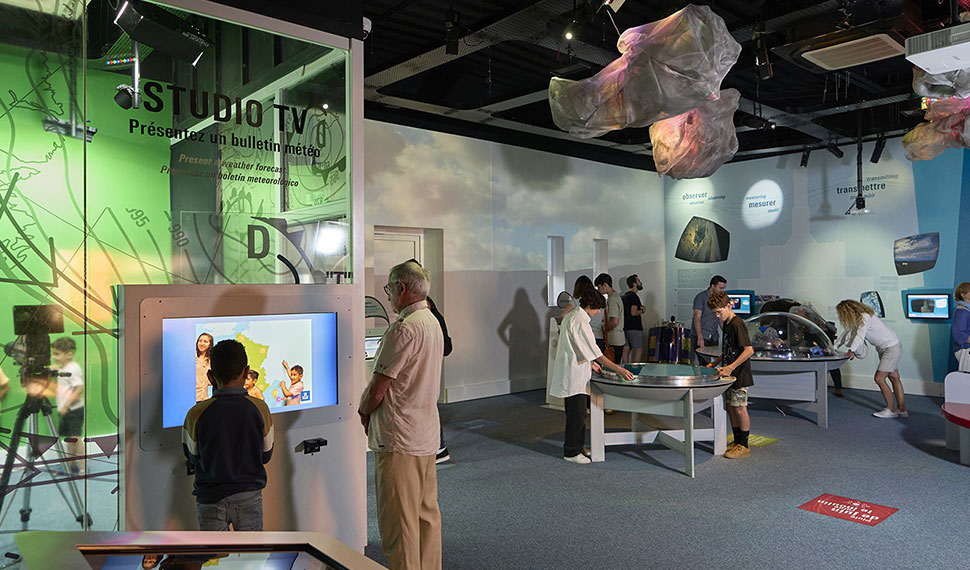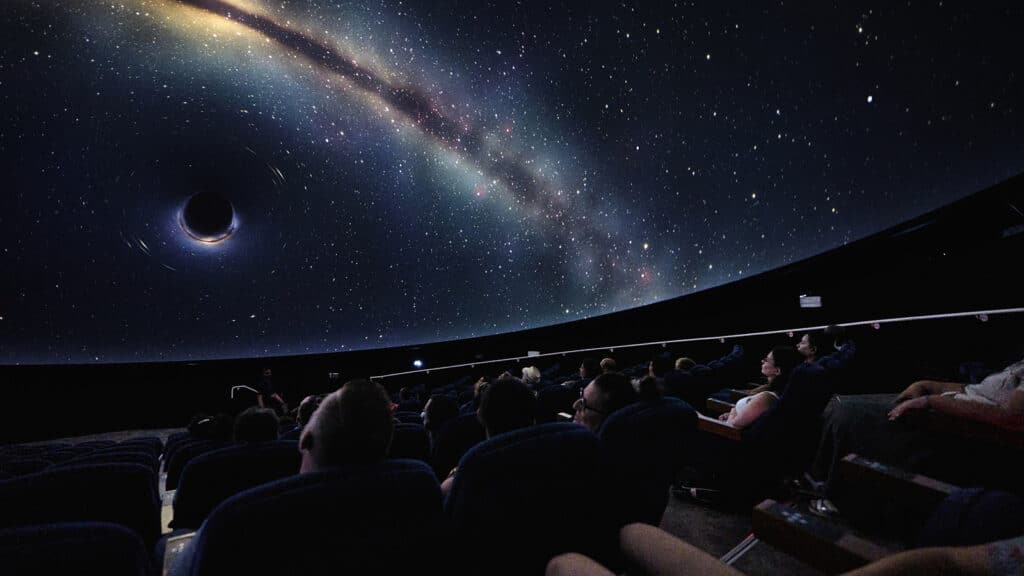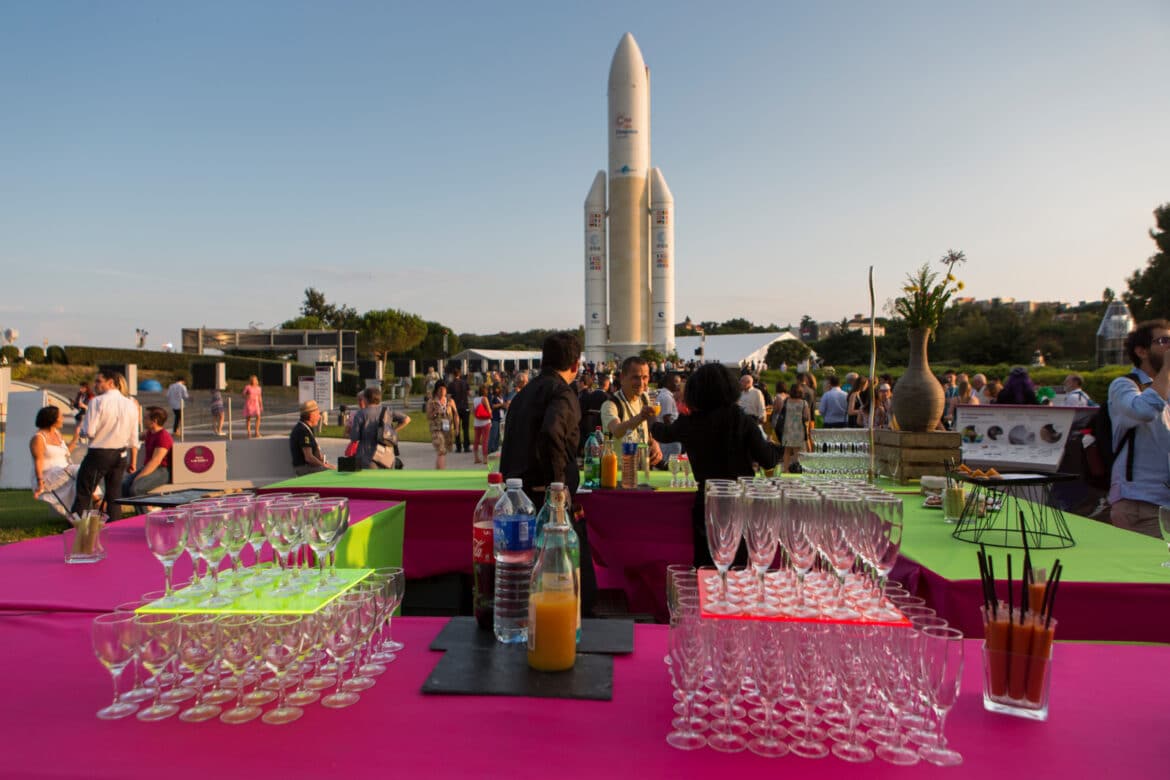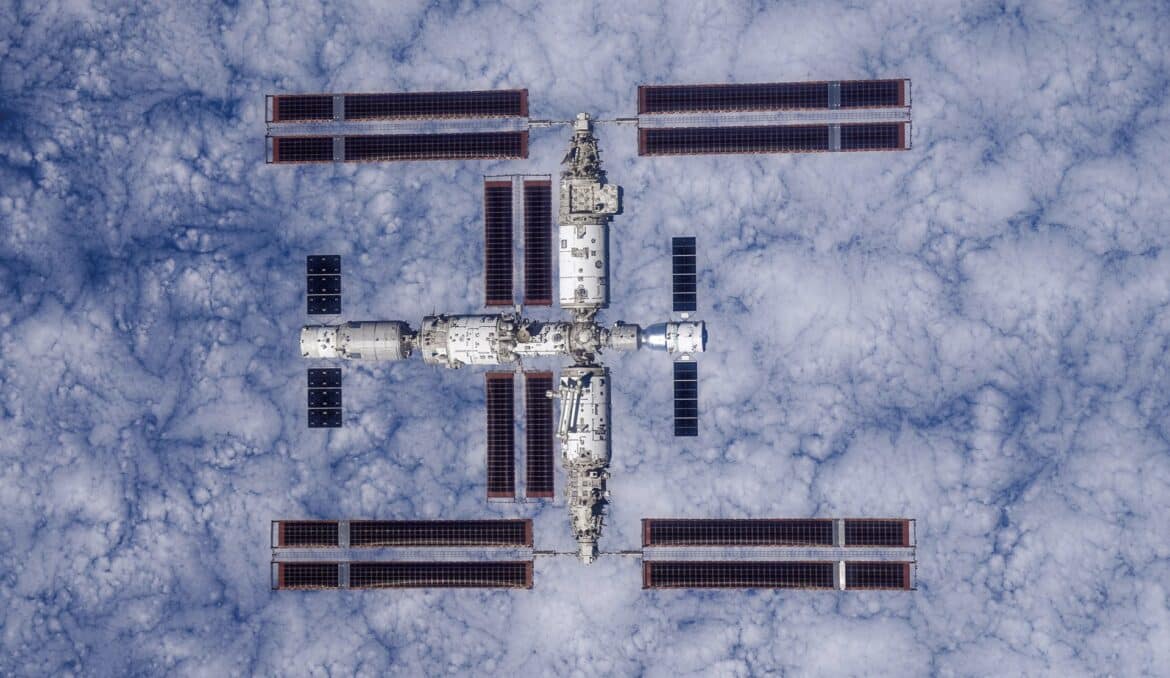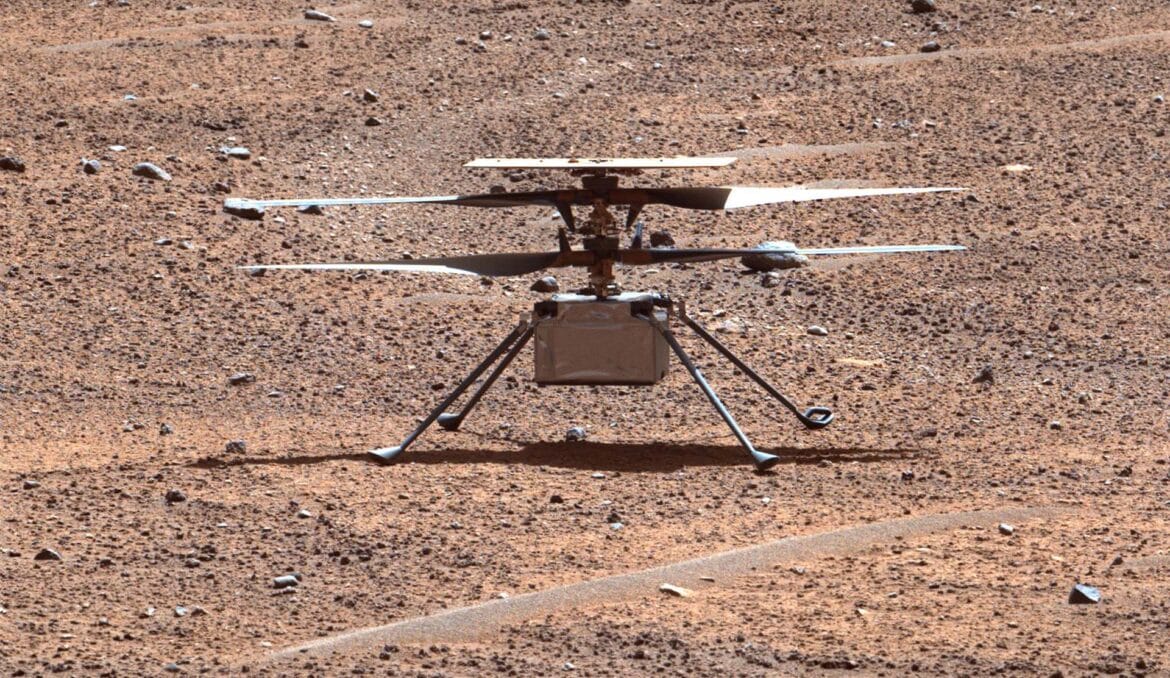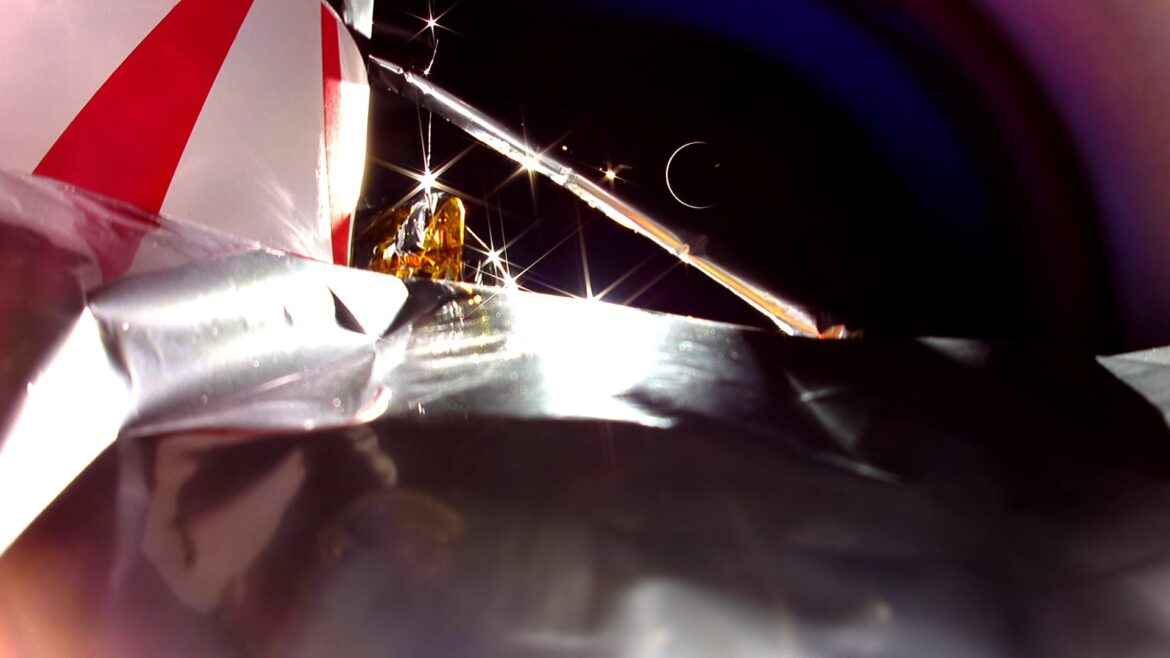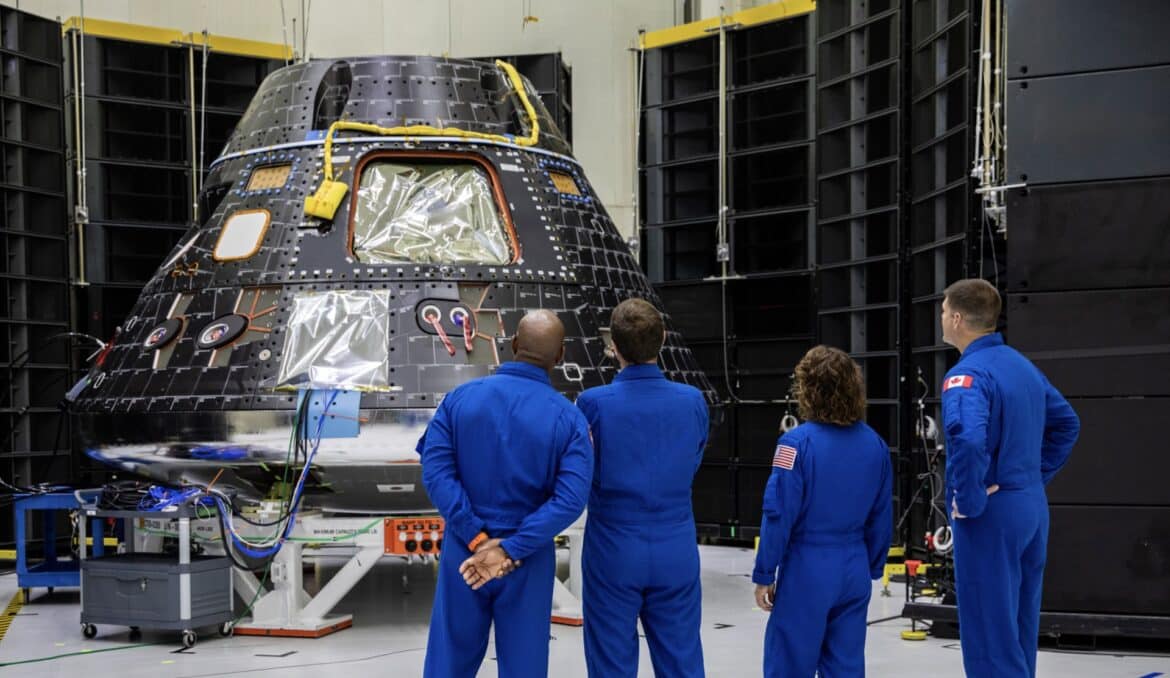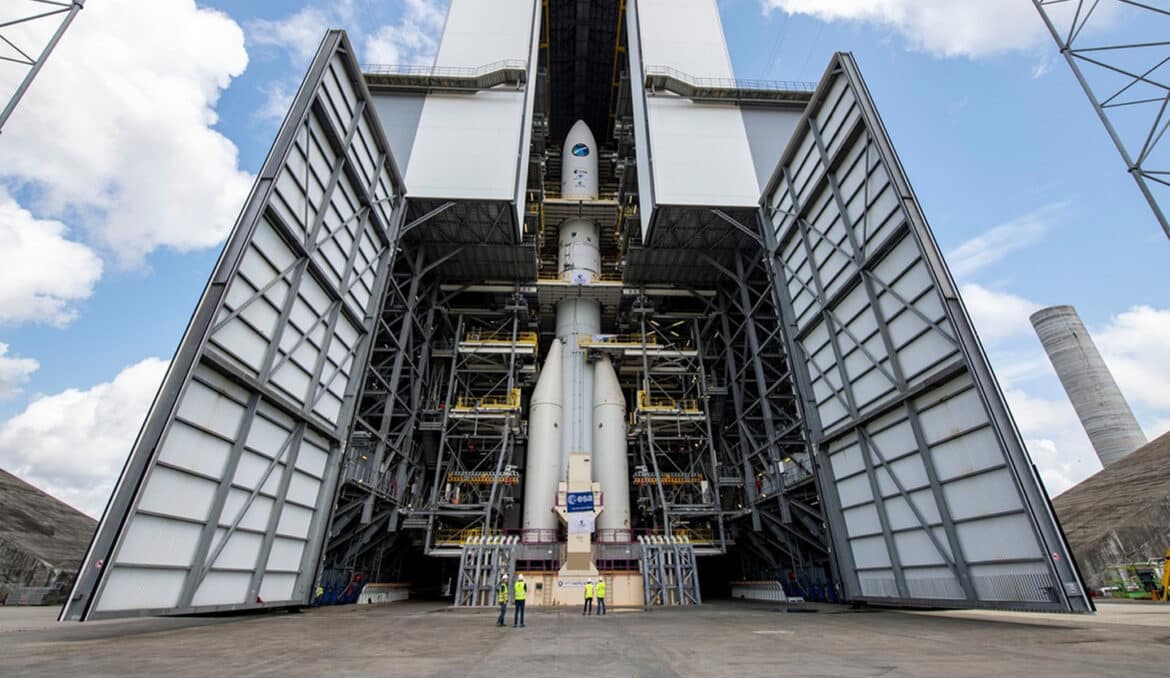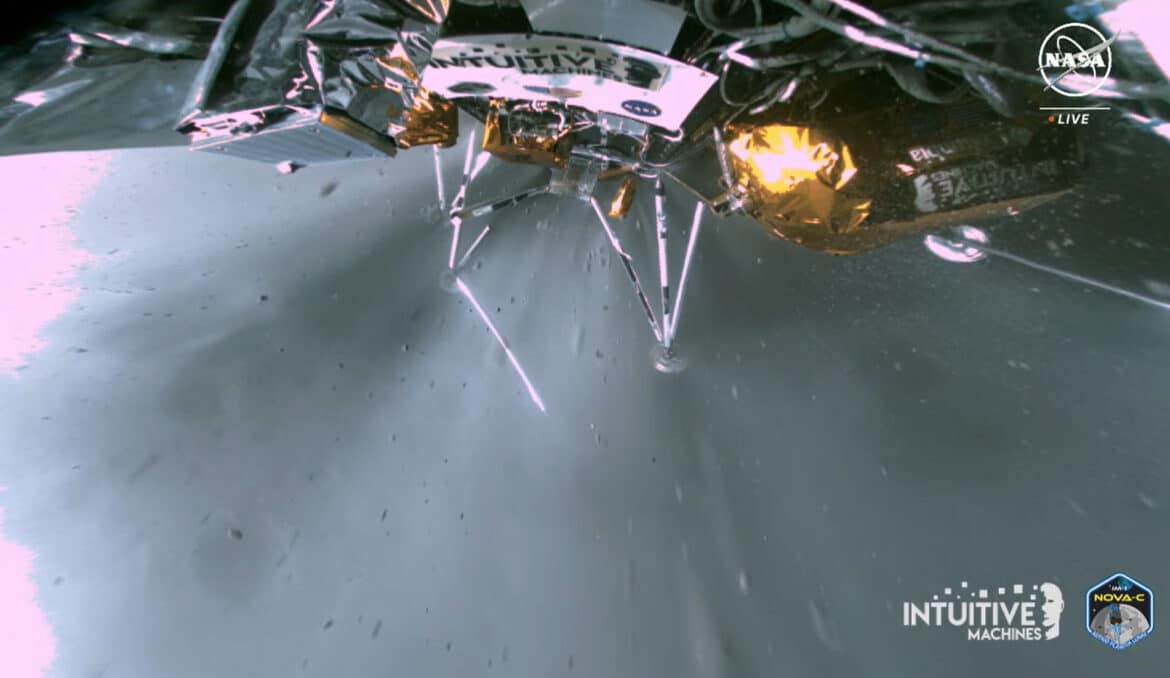
TIANHE, WENTIAN AND MENGTIAN
The photographs thus published show very clearly the three main elements of the station: the central body Tianhe (Heavenly Harmony in Mandarin ) to which have been added Wentian science modules (Quest for Heaven) and Mengtian (Dreaming of the Heavens), giving the structure a T shape.
Wentian was launched on July 24, 2022 and Mengtian on October 31, 2022. Like Tianhe, these modules were placed in orbit by the Chinese heavy launcher CZ-5 which takes off from the Wenchang space centre located on the island of Hainan.
Also seen in the photographs are the massive solar panels as well as a Tianzhou automatic cargo ship (No. 6 ) and the Shenzhou-17 vessel.
The Chinese space station has a total mass of just under 70 tonnes compared to the 400 tonnes of the International Space Station (ISS) launched 25 years ago. However, the latter includes several countries. In addition, the Chinese station could well expand in the years to come by receiving other modules.
